TIMES SQUARE THEN AND NOW
Thirty years ago Times Square was “the deuce” – a maelstrom of sleaze, honky tonk and the profoundly weird. In the mid-1990s a massive redevelopment project changed everything. A key player was the Walt Disney Company. Disney is generally credited with making the initial investment that made Times Square “safe” for other corporate sponsors to commit to the redevelopment project. It is still difficult to fully grasp the irony that Mickey Mouse and Snow White deserve much of the credit for “cleaning up” the dark underside of Times Square. It’s as if Mary Poppins triumphed over Travis Bickle -- as depicted in a fantasy action movie playing on West 42nd Street.
Today Times Square is unquestionably a safer and more pleasant place than it was a generation ago. But many say that contemporary Times Square has all of the character and authenticity of a suburban shopping mall. There is some truth to this.
But Times Square is so much more than the overpriced retail chain stores that compete for tourist dollars. For one thing Times Square is the heart of the Broadway theater district -- a creative enterprise the likes of which definitely cannot be found in the Mall of America. For another, the sidewalks of Times Square are among the busiest in the City. And it is the people congregating on those sidewalks that give Times Square the right to its lofty claim to being the “crossroads of the world.”
This fact has particular significance for street photographers. After all, the art of street photography is based on chance interactions among people. The density and heterogeneity of the masses of people in Time Square maximize those chance interactions. They provide to street photographers a canvas and a set of subjects that are unrivaled.
Then too, Times Square’s electronic signage offers a variety of ever-changing photographic backdrops. Of course, a photographer could photoshop-in these backdrops. But the backdrops afforded by the Times Square electronic signs derive their meaning and power precisely because they are “real.”
And finally there is the ubiquity of photography itself in Times Square. To the extent that a street photographer under ordinary circumstances must exercise care in photographing a person without their consent in a public place, that particular ethical and practical consideration is at a low ebb in Times Square. There is no reasonable expectation of privacy in Times Square because everyone is photographing everyone and everything. It is a giant fish bowl turned inside out. Perhaps as much as any other factor, that is why Times Square is an extraordinary location for street photographers.
Today Times Square is unquestionably a safer and more pleasant place than it was a generation ago. But many say that contemporary Times Square has all of the character and authenticity of a suburban shopping mall. There is some truth to this.
But Times Square is so much more than the overpriced retail chain stores that compete for tourist dollars. For one thing Times Square is the heart of the Broadway theater district -- a creative enterprise the likes of which definitely cannot be found in the Mall of America. For another, the sidewalks of Times Square are among the busiest in the City. And it is the people congregating on those sidewalks that give Times Square the right to its lofty claim to being the “crossroads of the world.”
This fact has particular significance for street photographers. After all, the art of street photography is based on chance interactions among people. The density and heterogeneity of the masses of people in Time Square maximize those chance interactions. They provide to street photographers a canvas and a set of subjects that are unrivaled.
Then too, Times Square’s electronic signage offers a variety of ever-changing photographic backdrops. Of course, a photographer could photoshop-in these backdrops. But the backdrops afforded by the Times Square electronic signs derive their meaning and power precisely because they are “real.”
And finally there is the ubiquity of photography itself in Times Square. To the extent that a street photographer under ordinary circumstances must exercise care in photographing a person without their consent in a public place, that particular ethical and practical consideration is at a low ebb in Times Square. There is no reasonable expectation of privacy in Times Square because everyone is photographing everyone and everything. It is a giant fish bowl turned inside out. Perhaps as much as any other factor, that is why Times Square is an extraordinary location for street photographers.
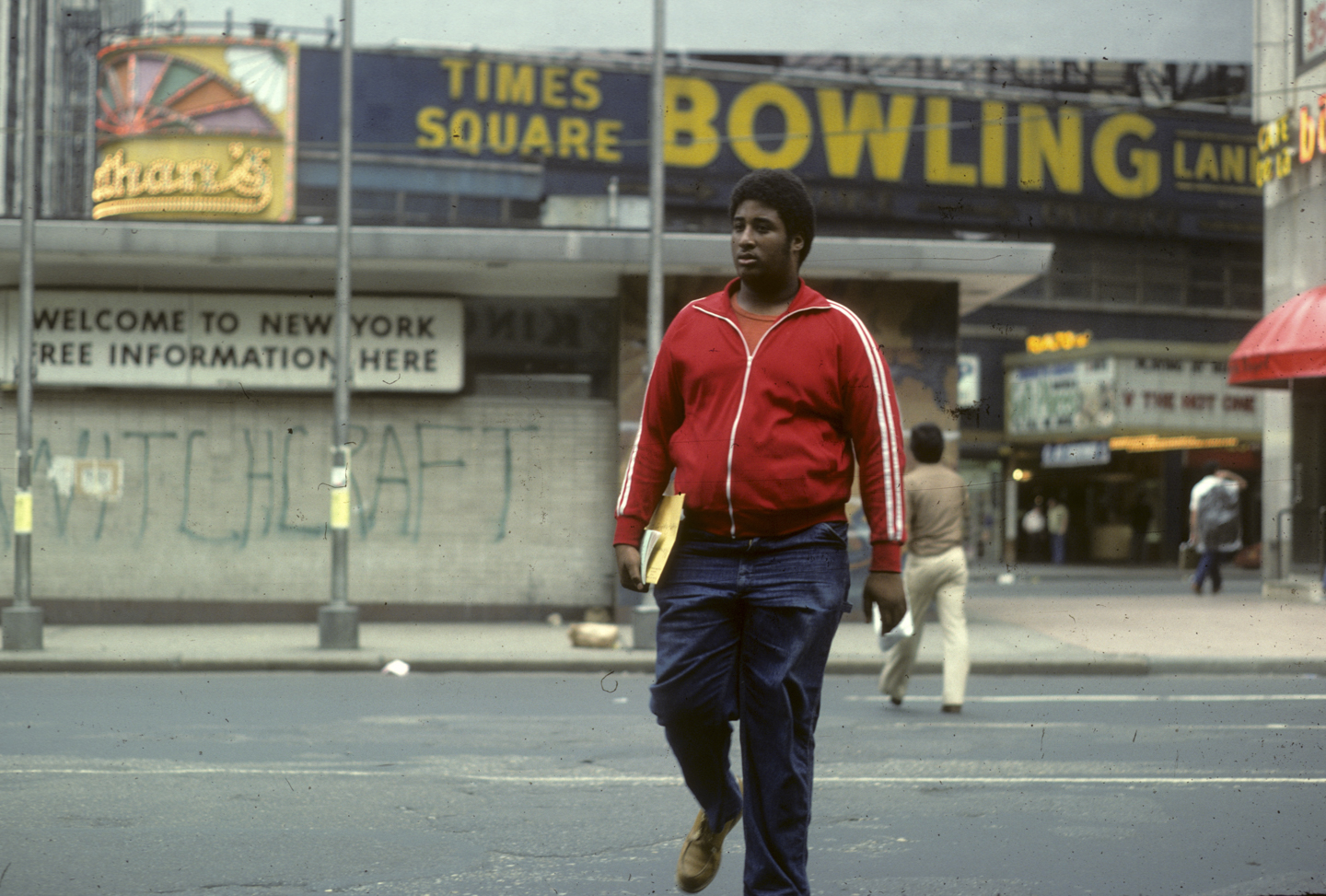
NY in the 80s 11 / 55
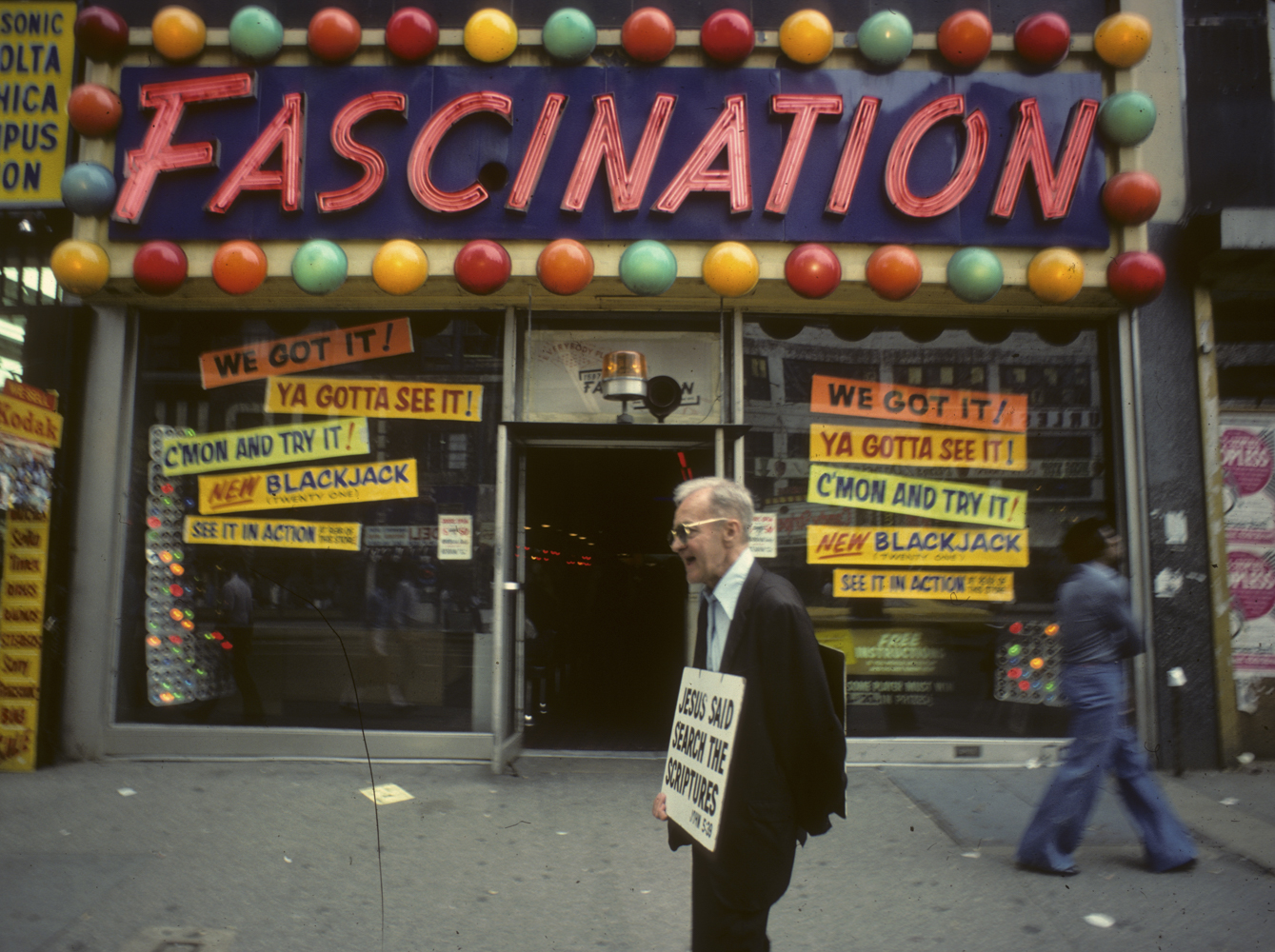
NY in the 80s 32 / 55

NY in the 80s 213 / 55

NY in the 80s 254 / 55

NY in the 80s 4775 / 55
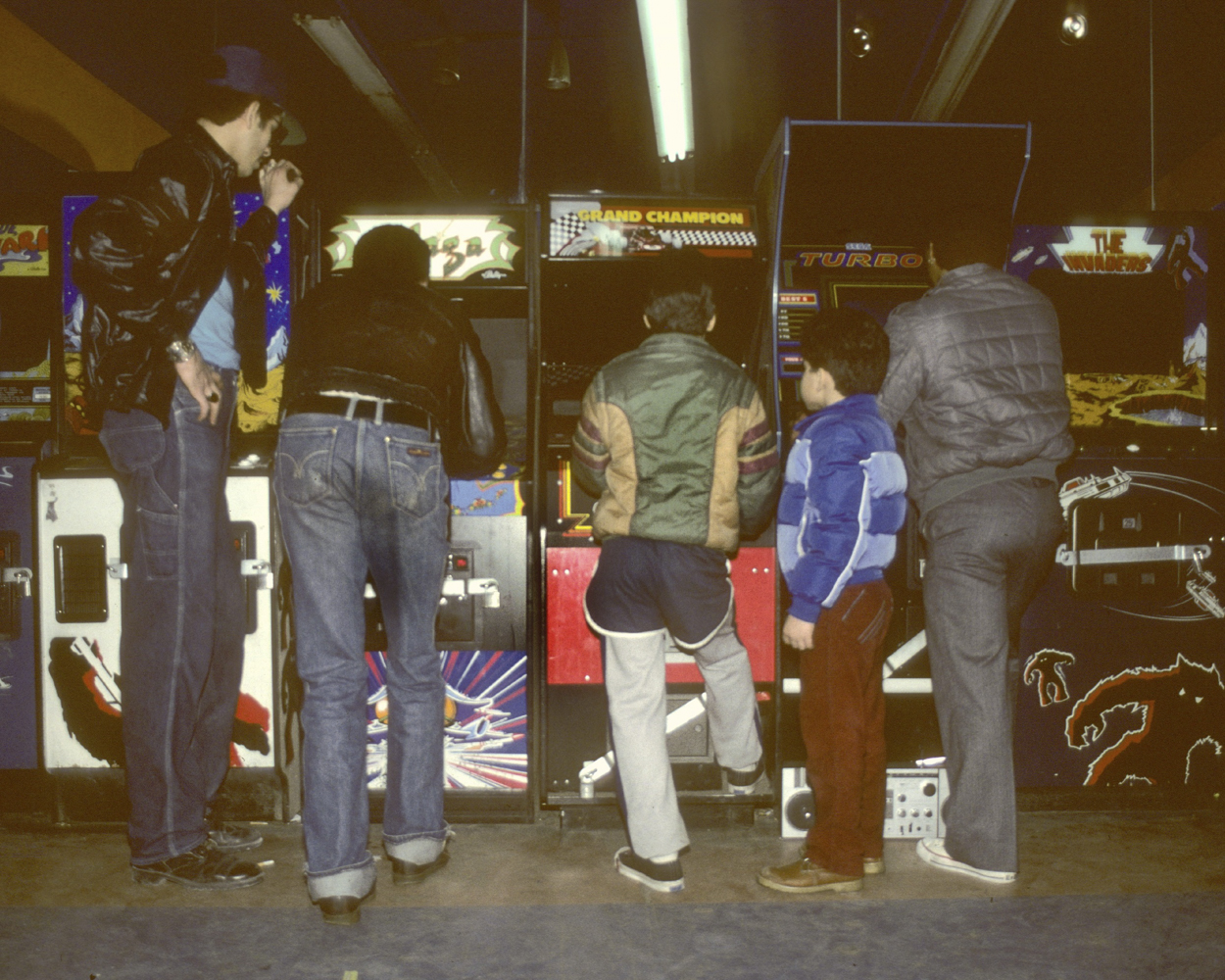
NY in the 80s 3556 / 55
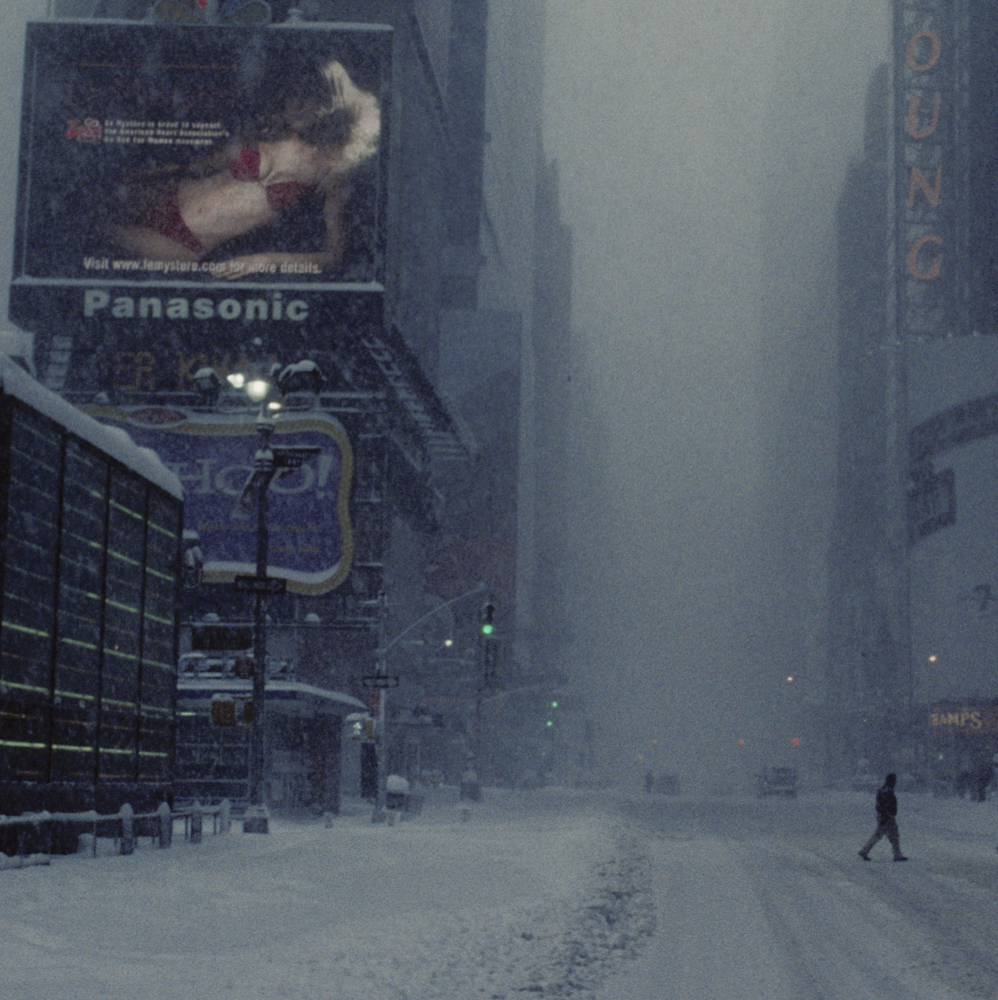
NY Snowstorm 477 / 55

NY Snowstorm 10 (1996)8 / 55

NY Snowstorm 303 (1996)9 / 55
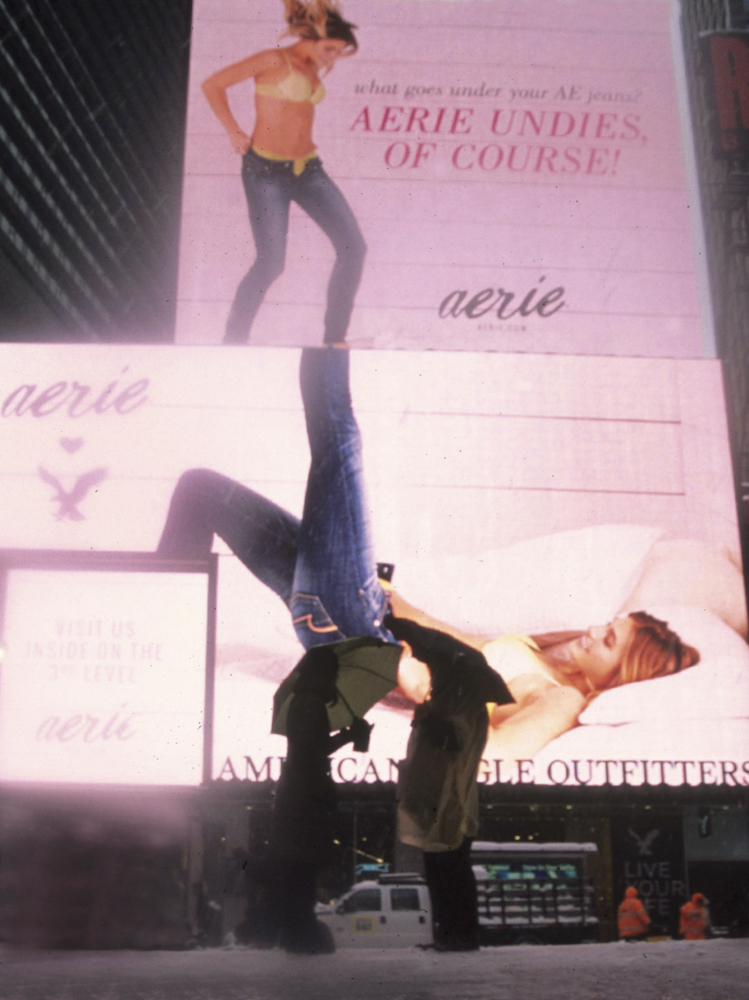
NY Snowstorm 17110 / 55
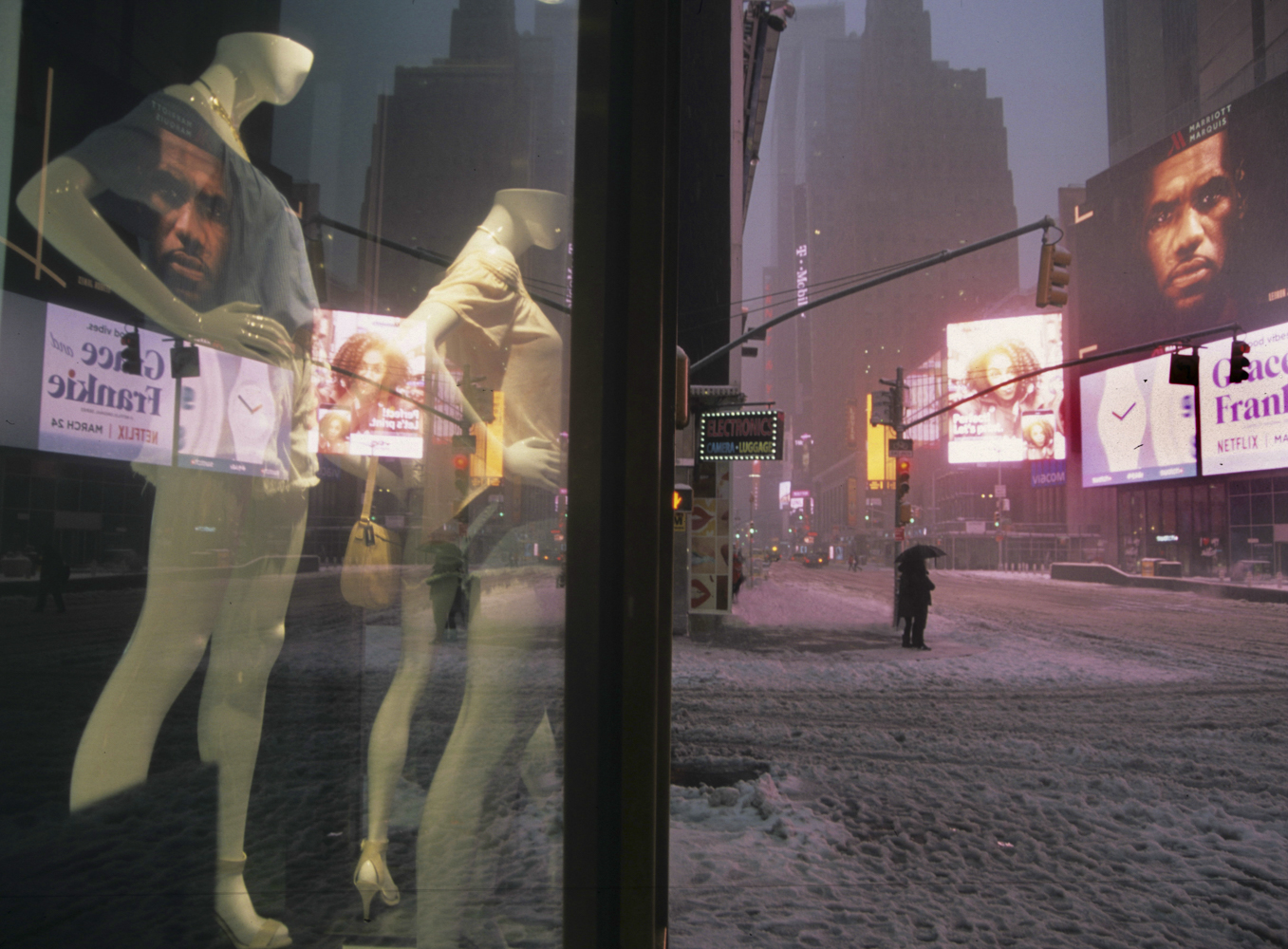
NY Snowstorm 25011 / 55

NY Snowstorm 24112 / 55

NY Snowstorm 30813 / 55
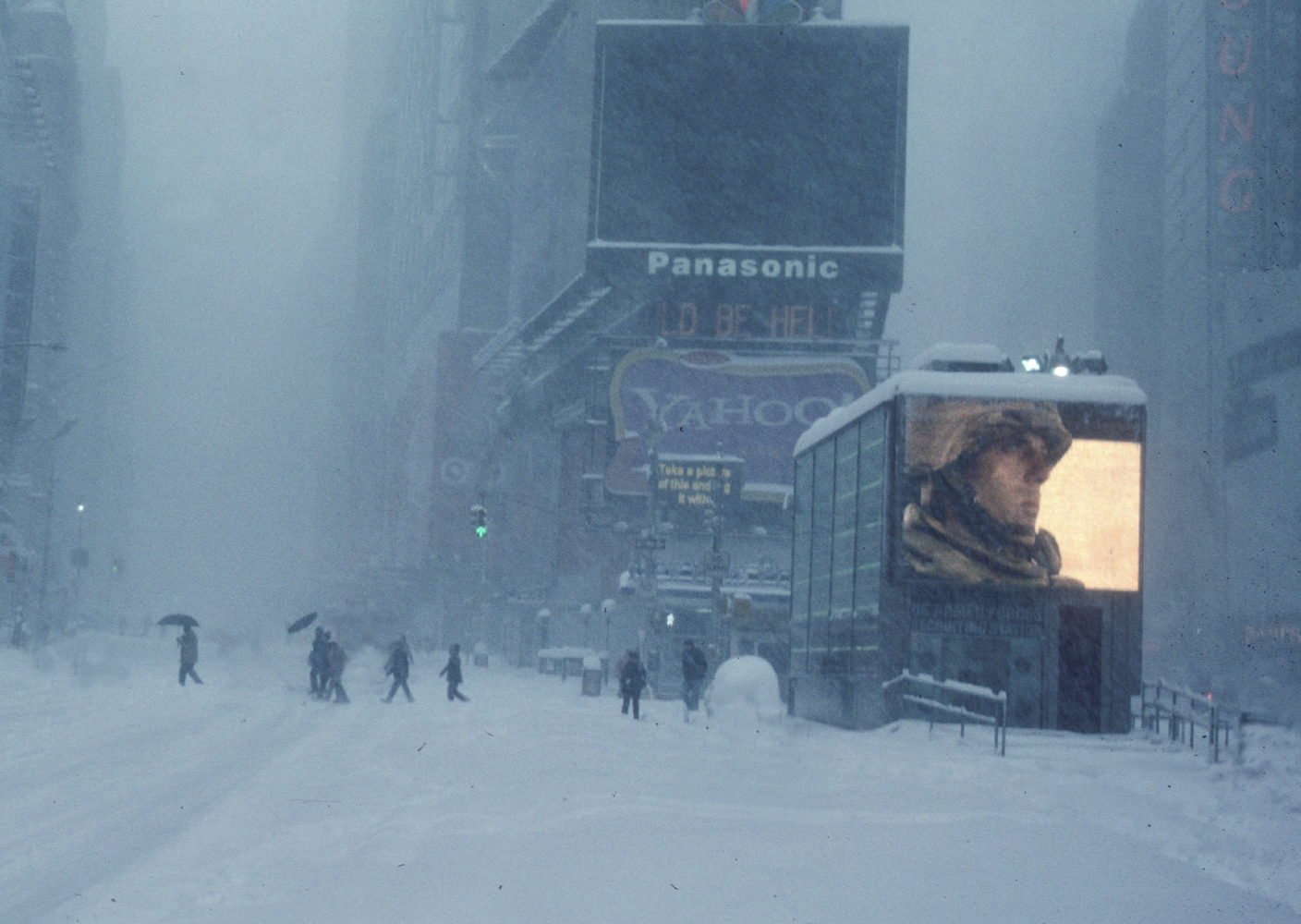
NY Snowstorm 18814 / 55
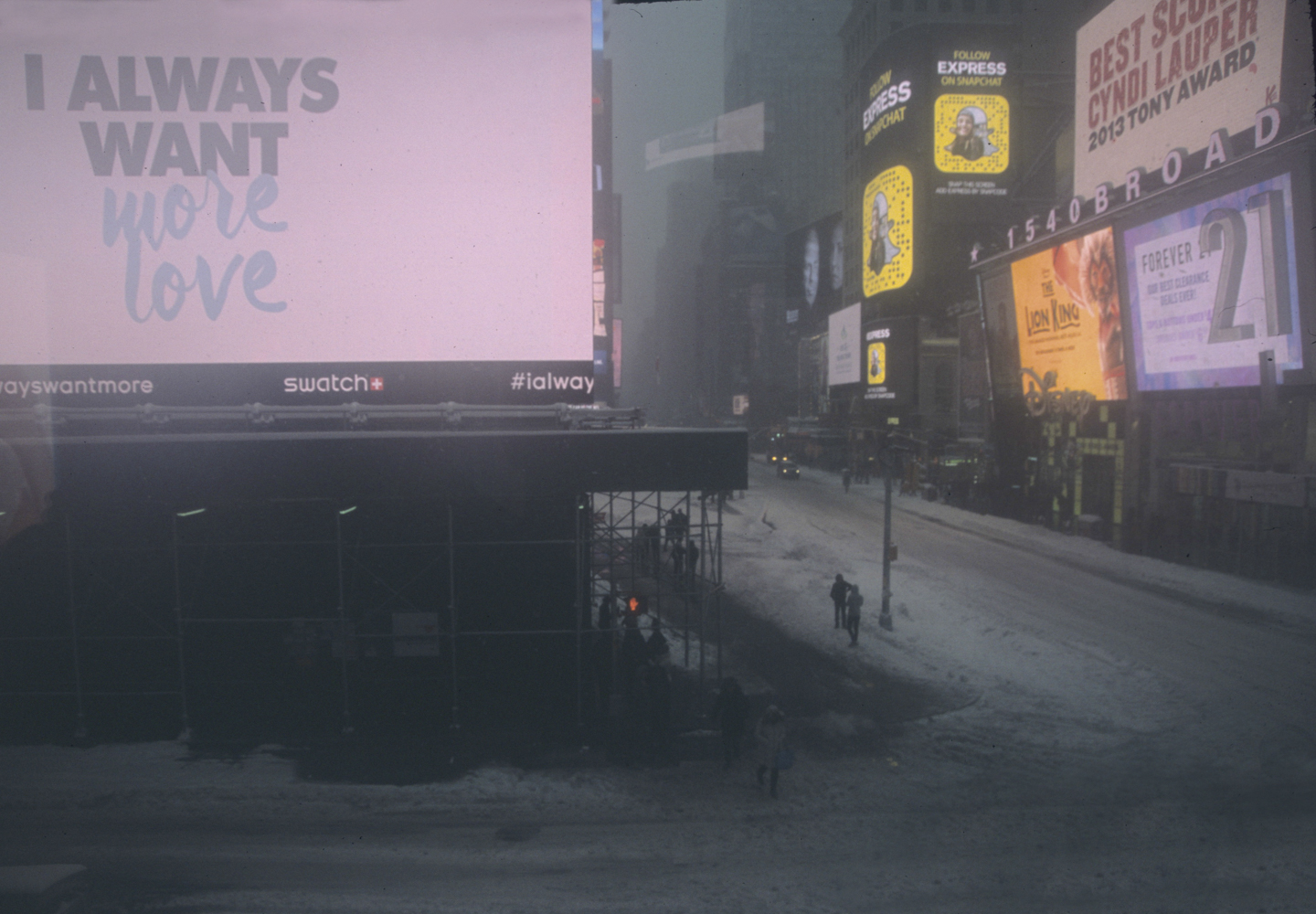
NY Snowstorm 22115 / 55
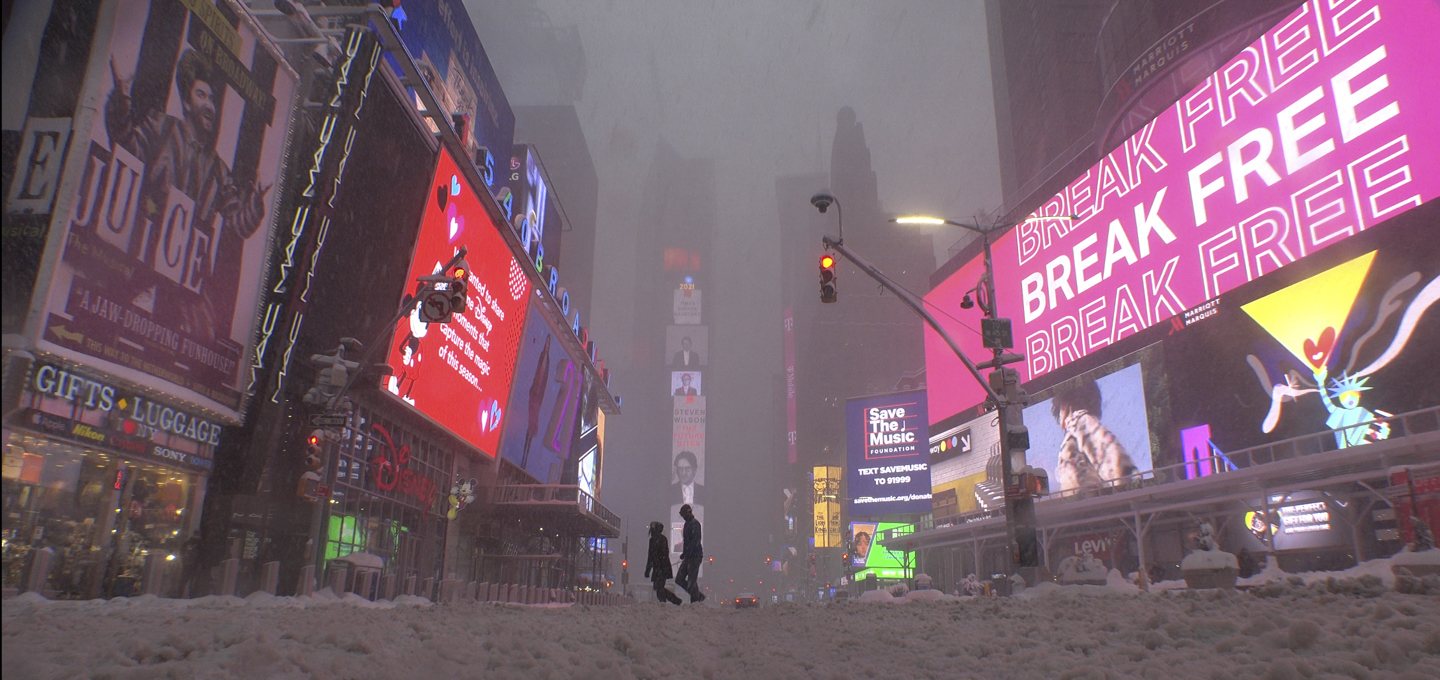
NY Snowstorm 26616 / 55

The Hidden17 / 55

Times Square 13118 / 55

Times Square 13319 / 55
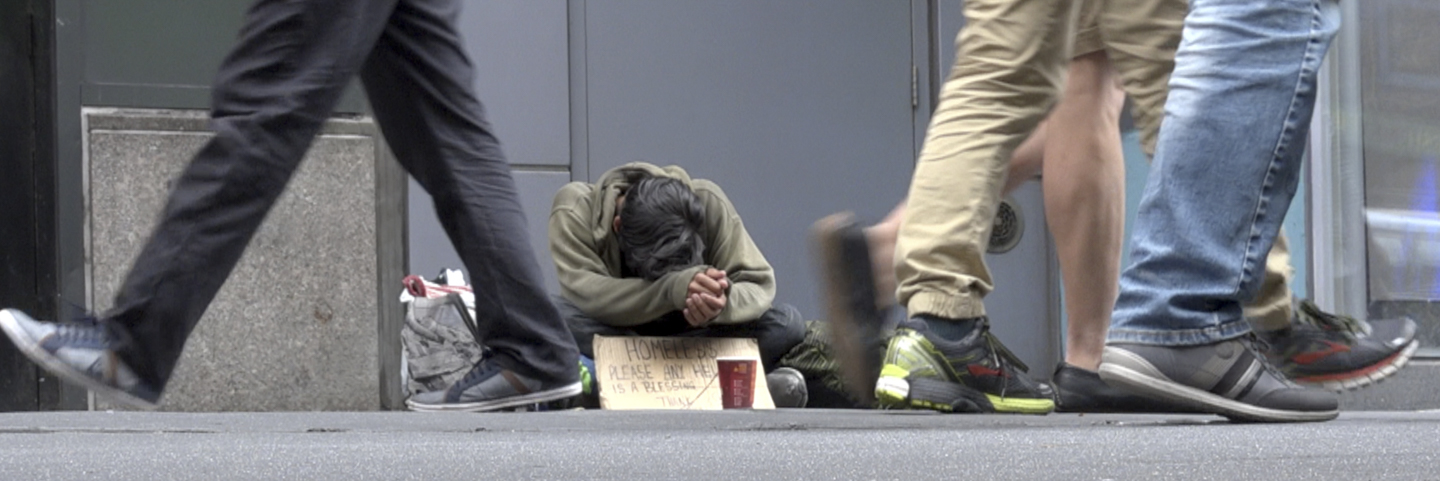
Times Square 13420 / 55

Times Square 25021 / 55

Times Square 26222 / 55
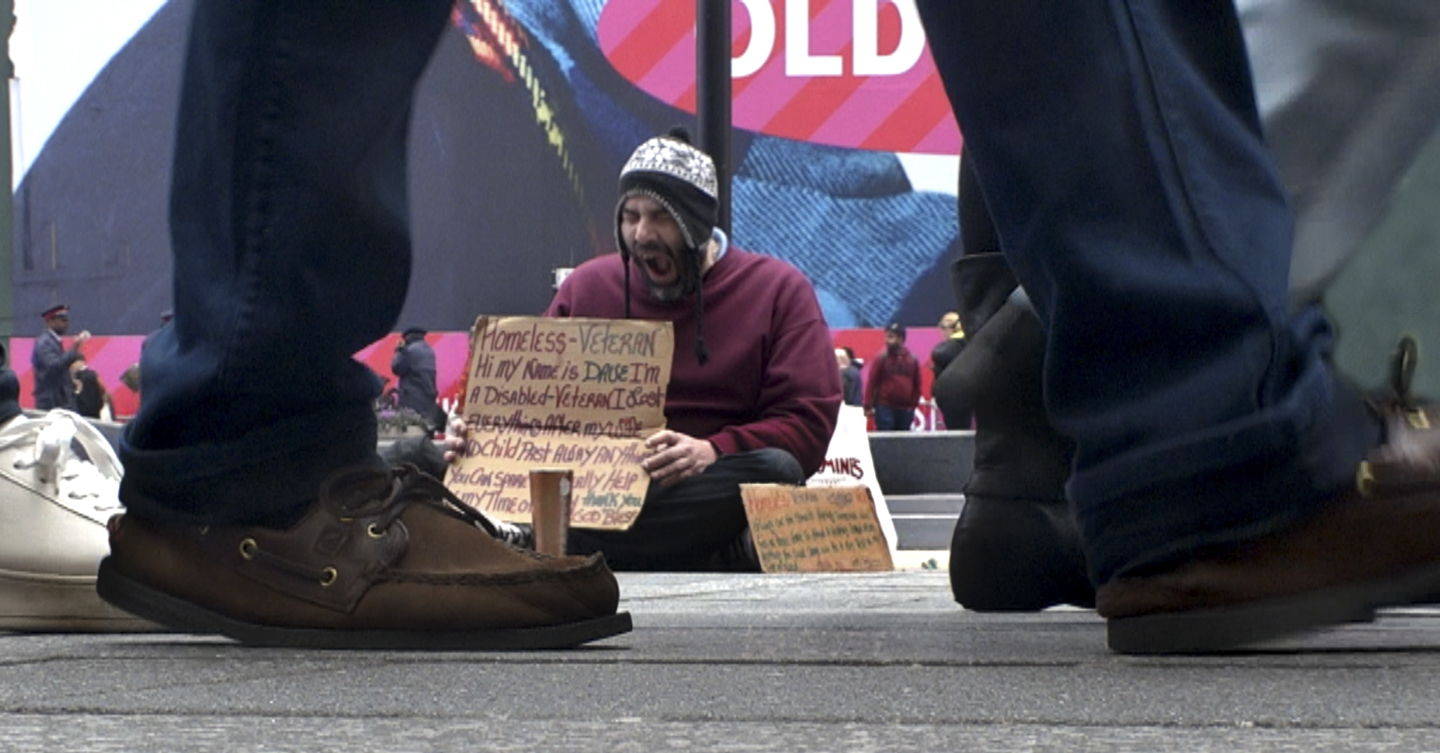
Times Square 16723 / 55

Times Square 29424 / 55

Times Square 29625 / 55

NYC Halloween 19926 / 55

Thanksgiving Parade 427 / 55

Times Square 3928 / 55
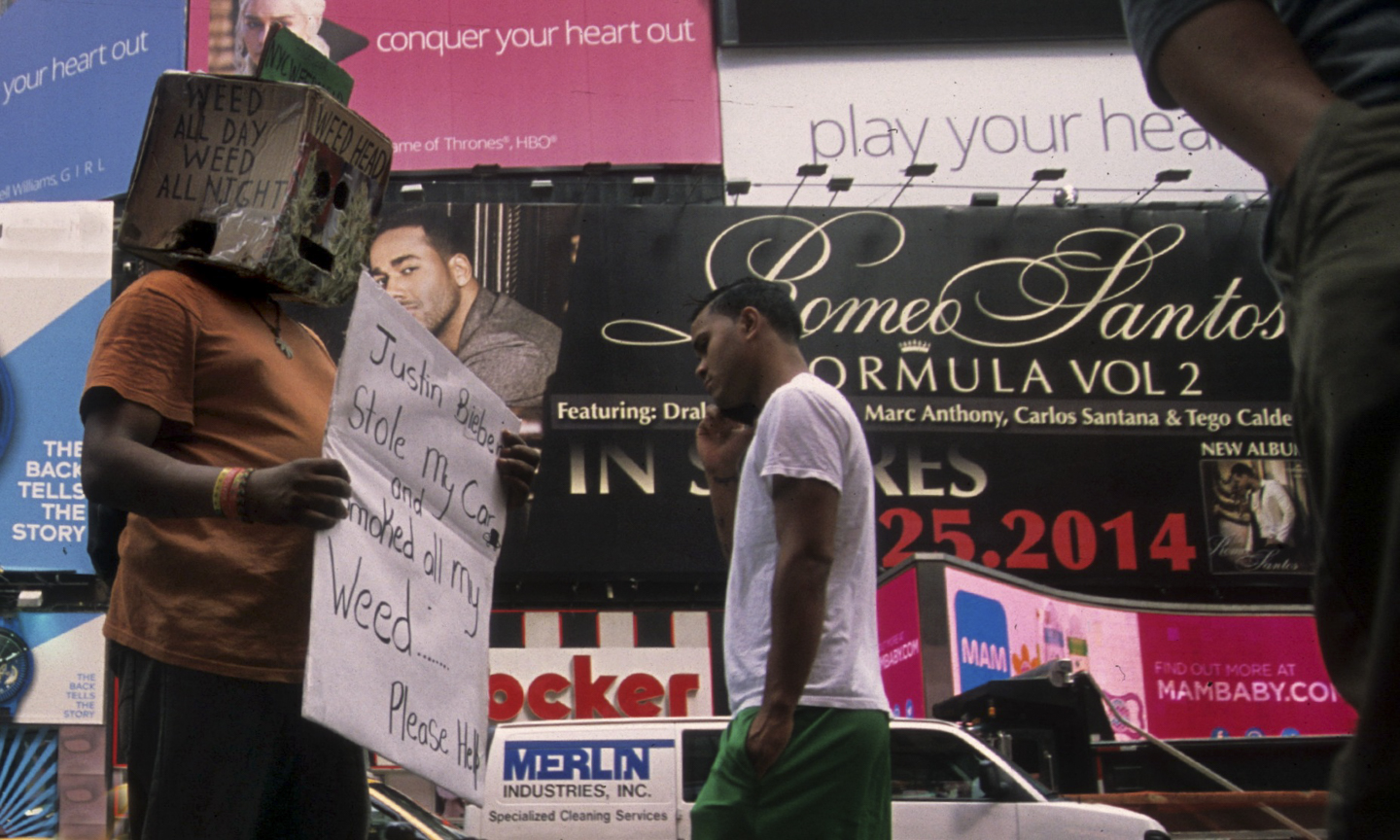
Times Square 7329 / 55
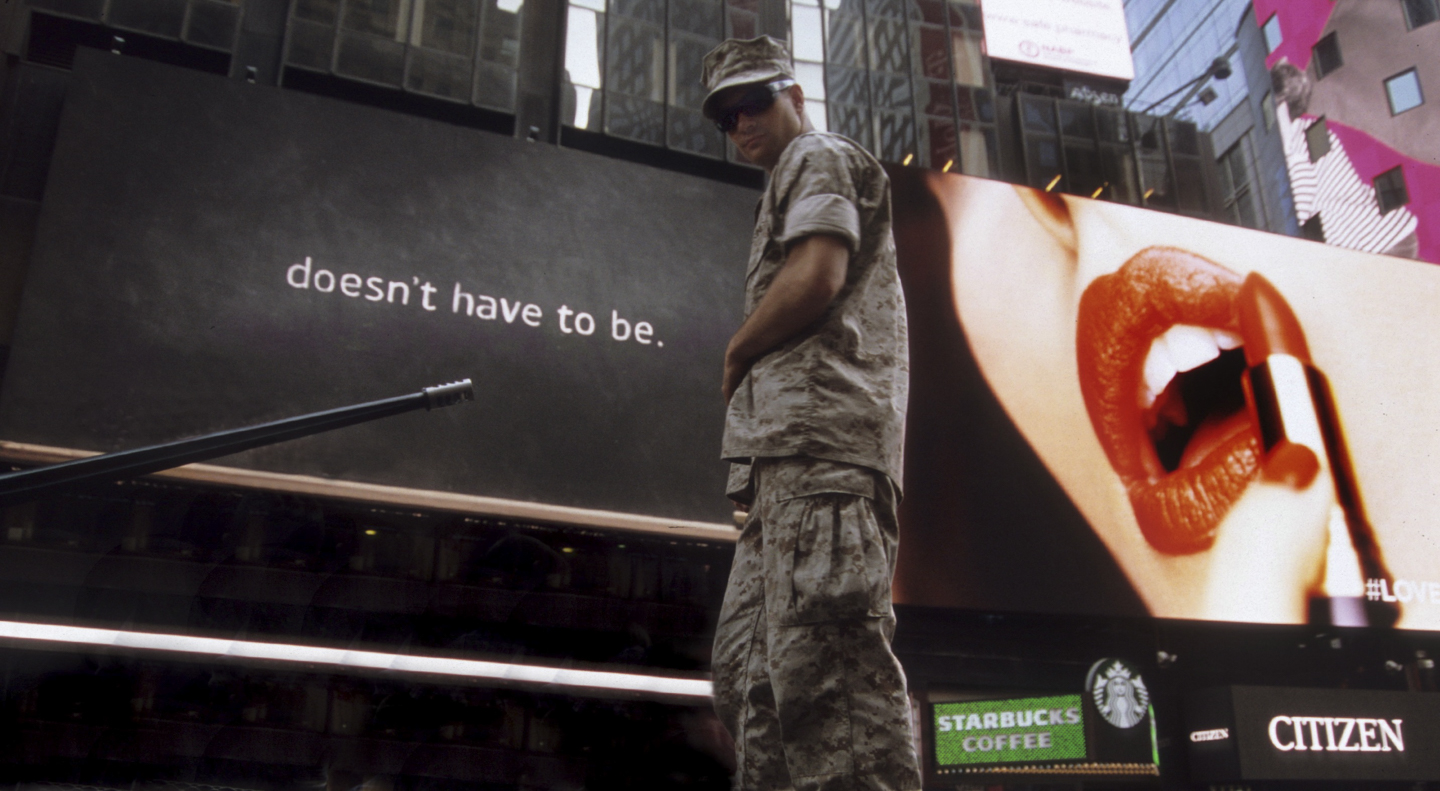
Times Square 7530 / 55

Times Square 29931 / 55

Times Square 30932 / 55

Times Square 32433 / 55
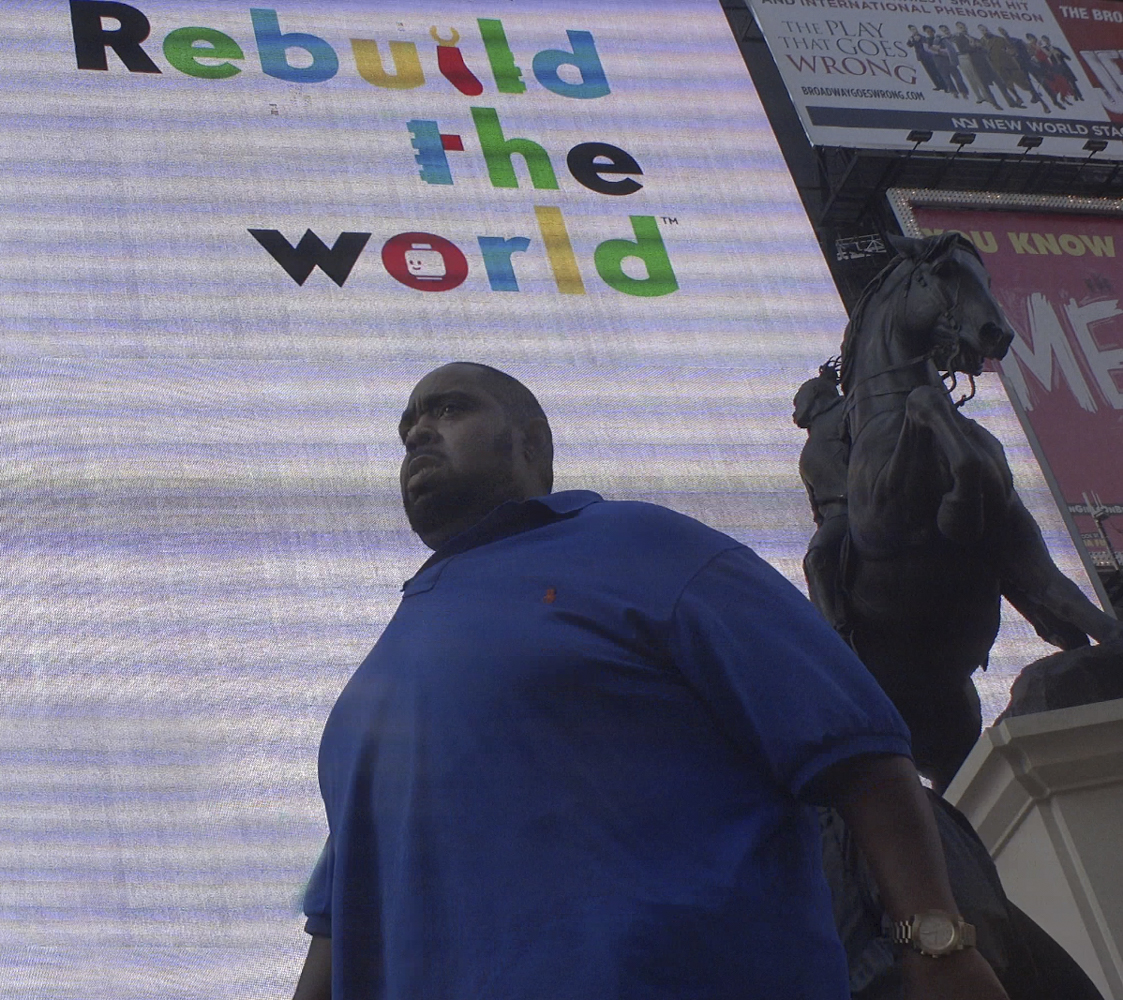
Times Square 31434 / 55

Times Square 36035 / 55

Times Square 387. Pandemic.36 / 55

Times Square 388. Pandemic.37 / 55
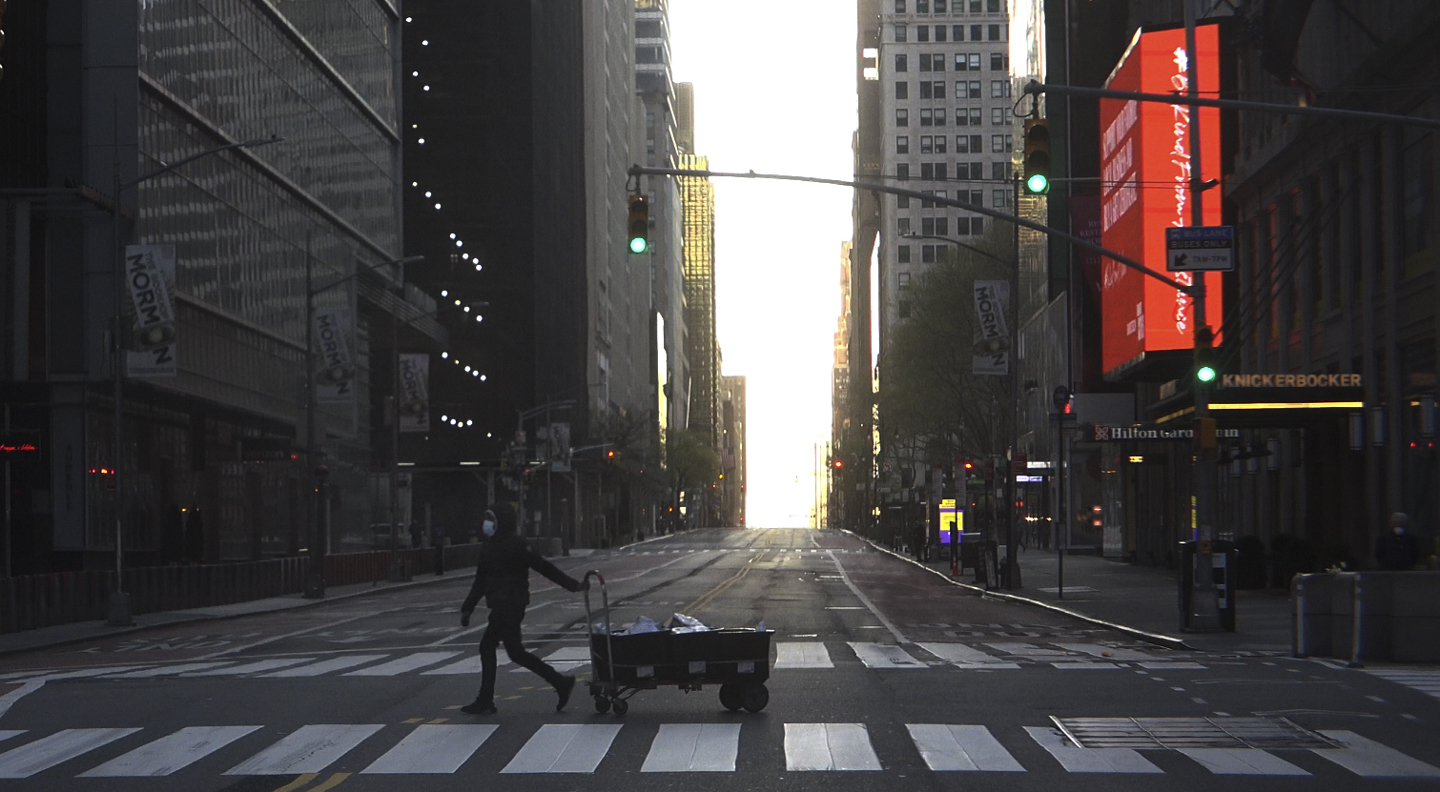
Times Square 390. Pandemic.38 / 55

Times Square 342. Pandemic.39 / 55

Times Square 411. Pandemic.40 / 55

Times Square 413. Pandemic.41 / 55
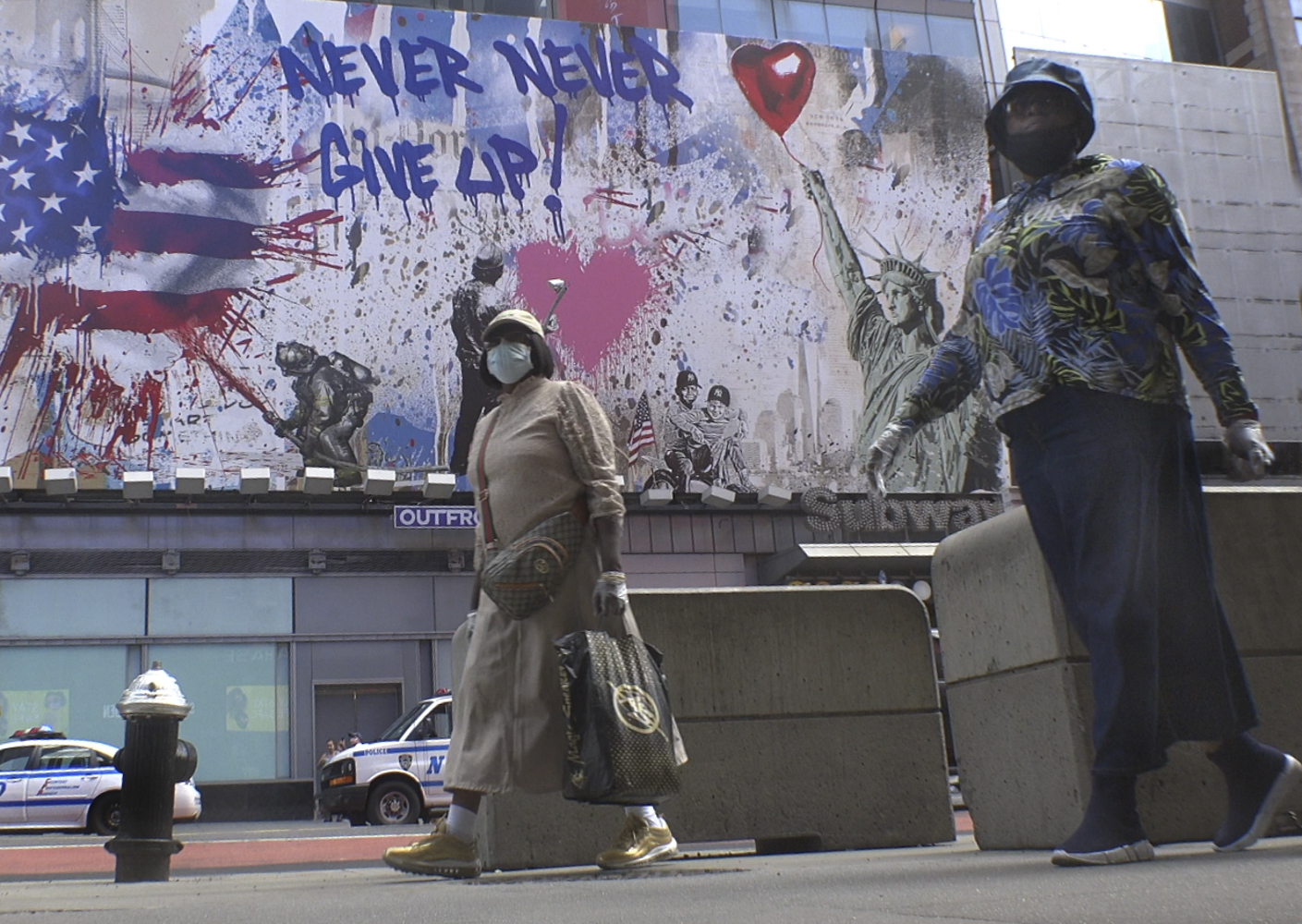
Times Square 425. Pandemic.42 / 55

Times Square 48343 / 55
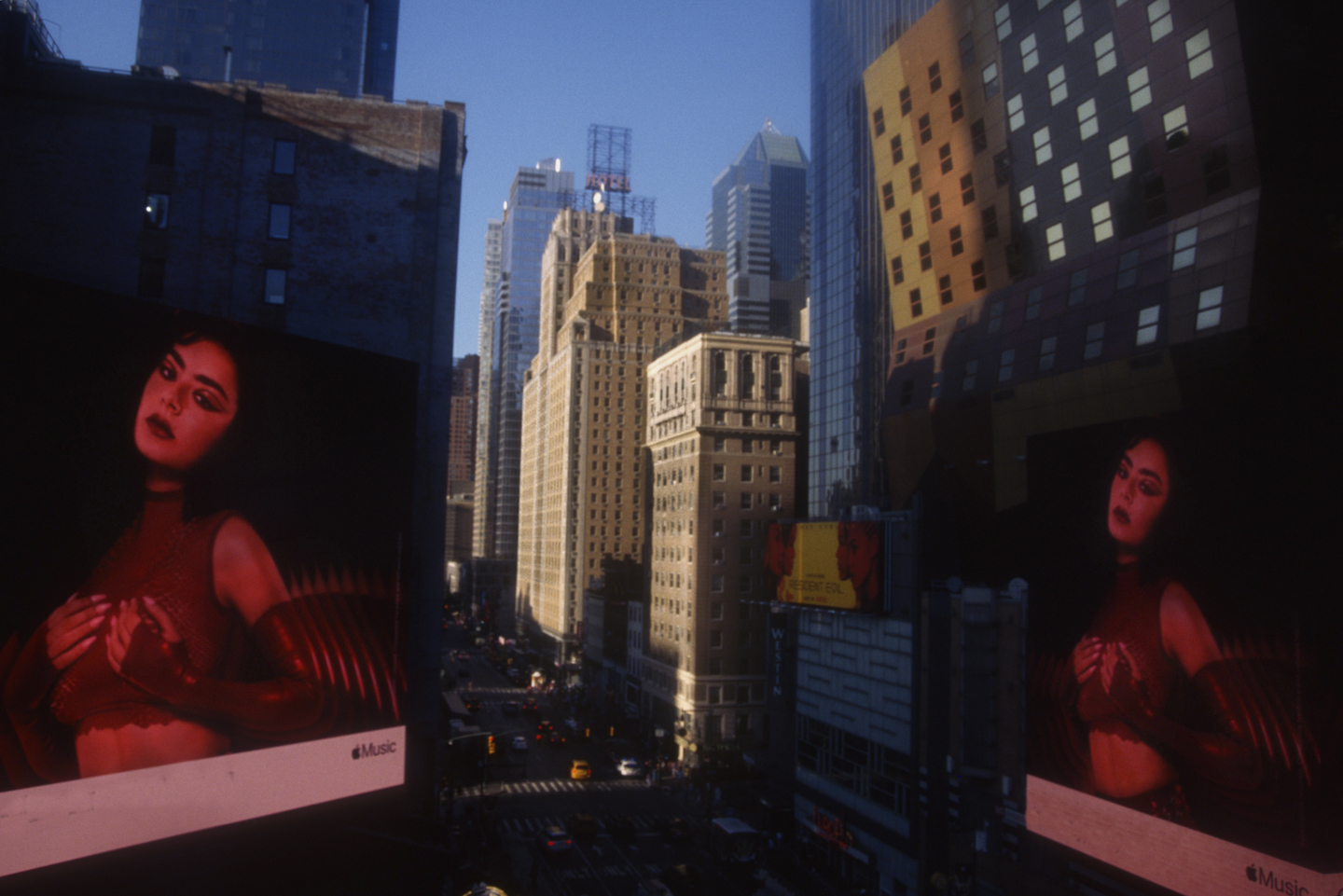
Billboard 12744 / 55
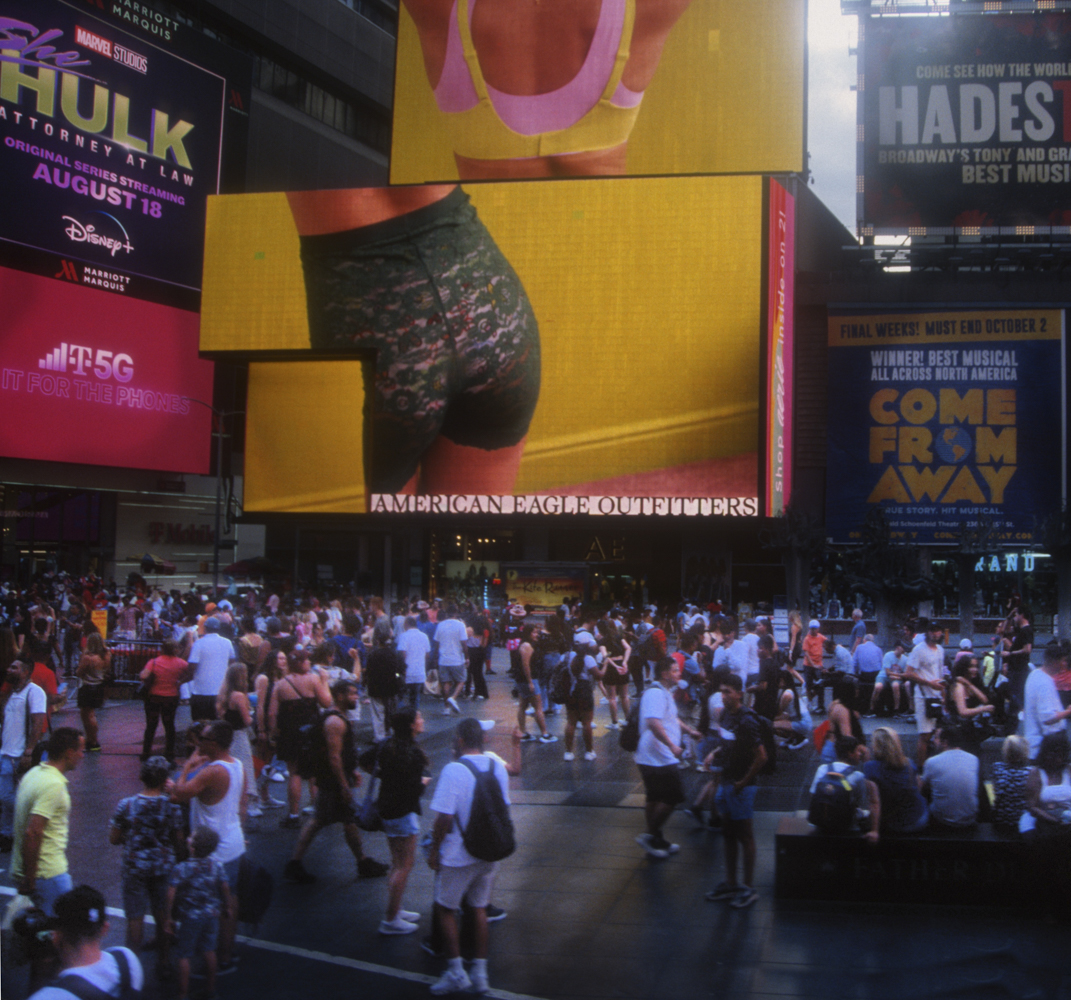
Times Square 51045 / 55
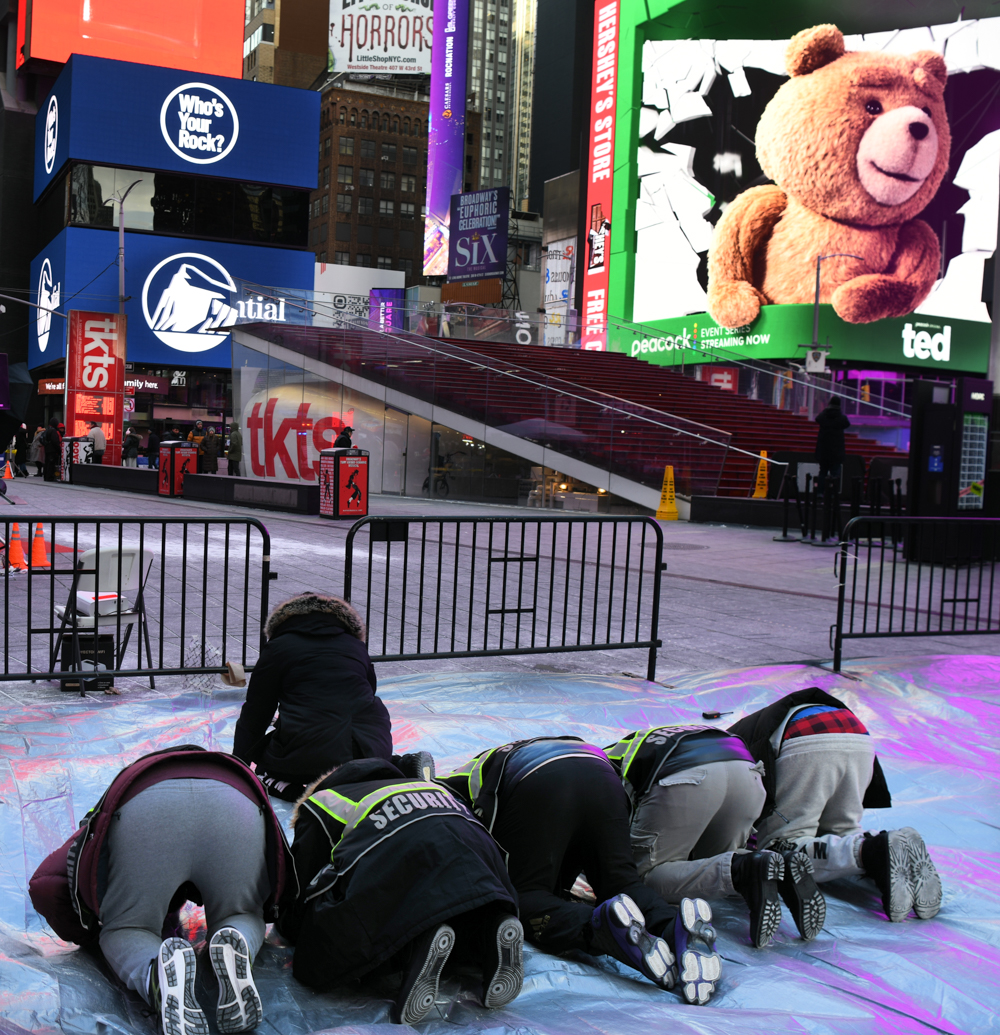
Times Square 64646 / 55
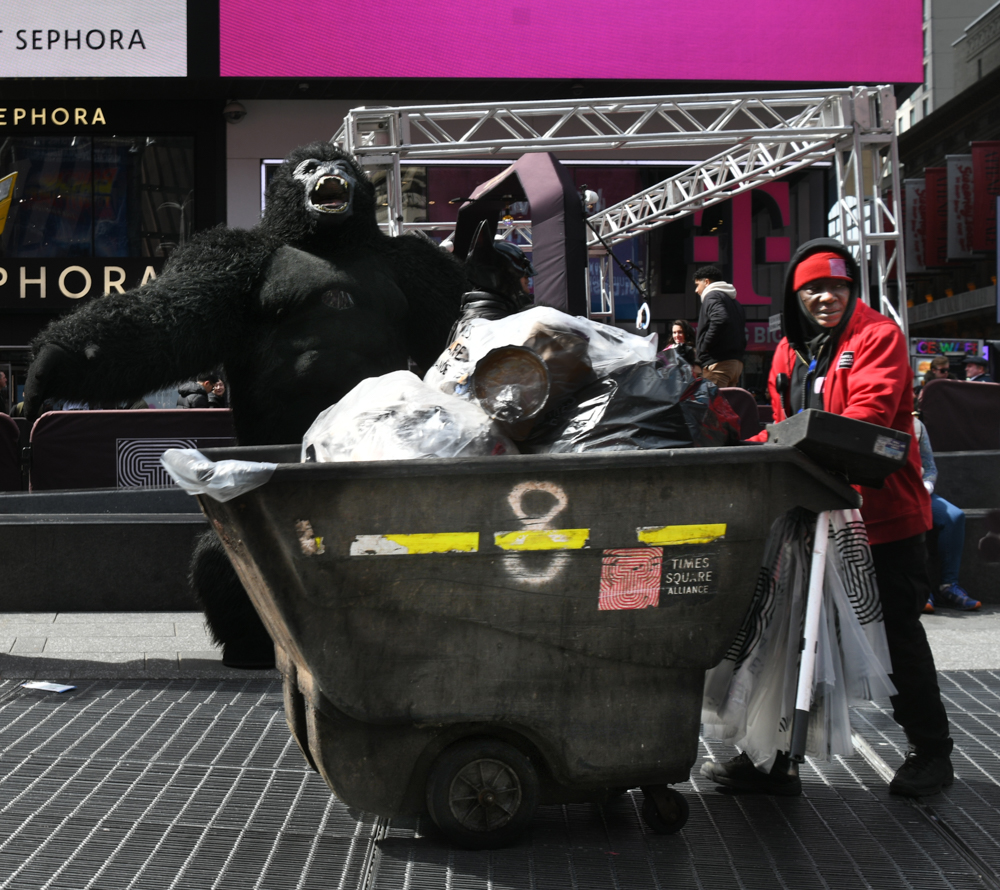
Times Square 65947 / 55
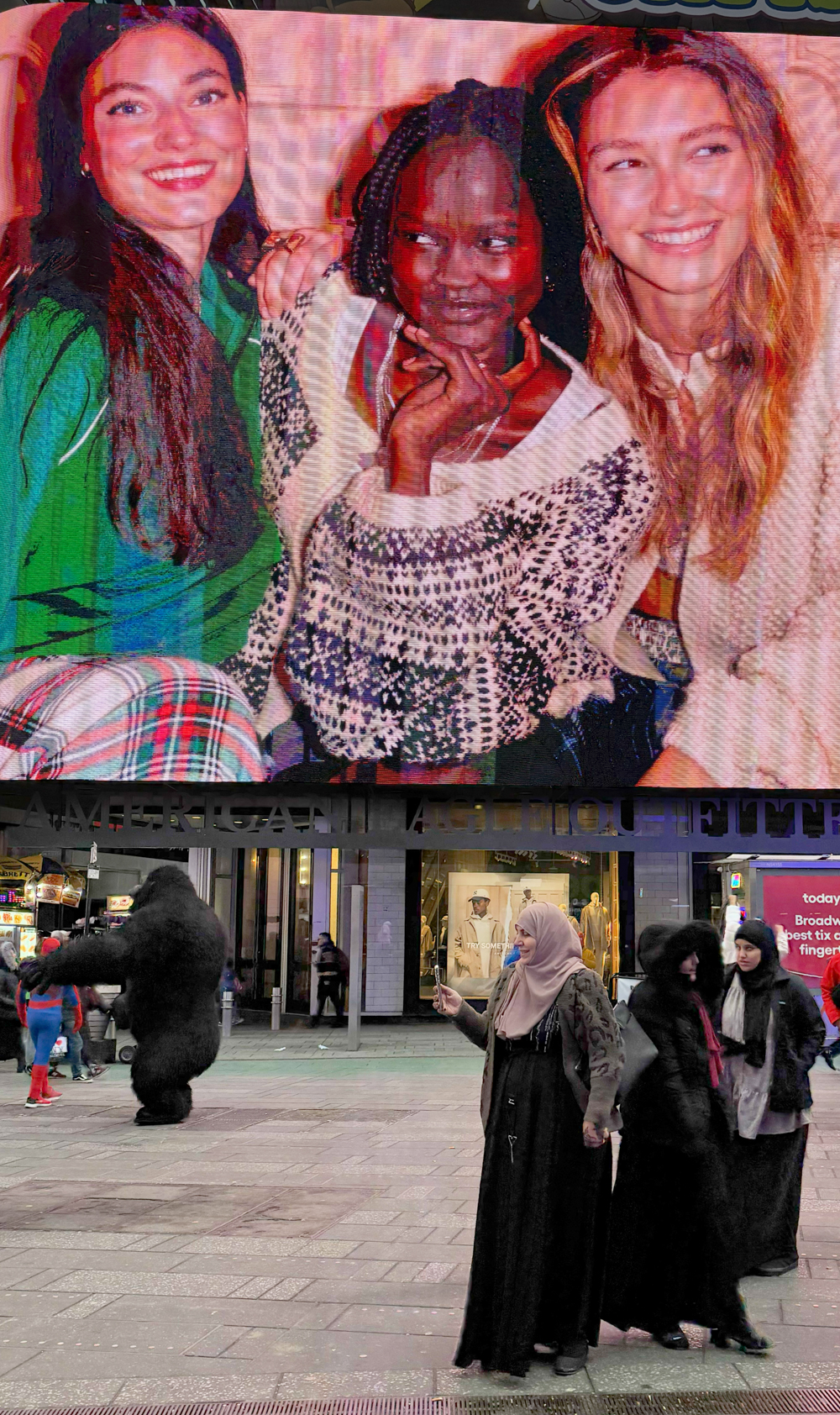
Times Square 71248 / 55

Times Square 72849 / 55
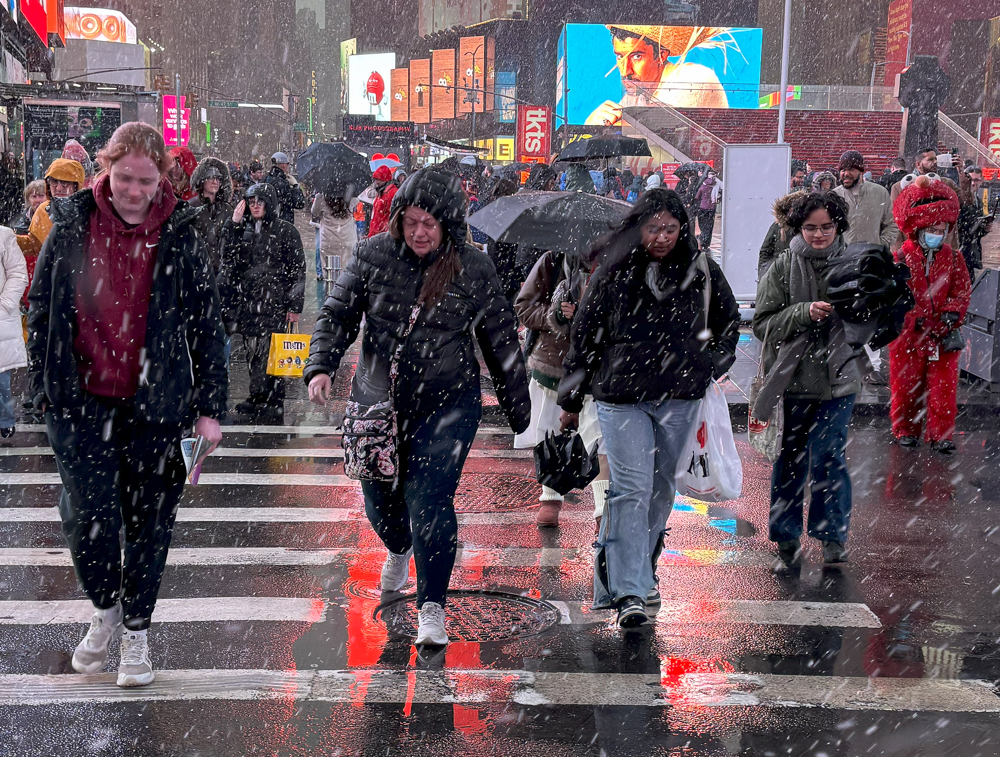
Times Square 72950 / 55
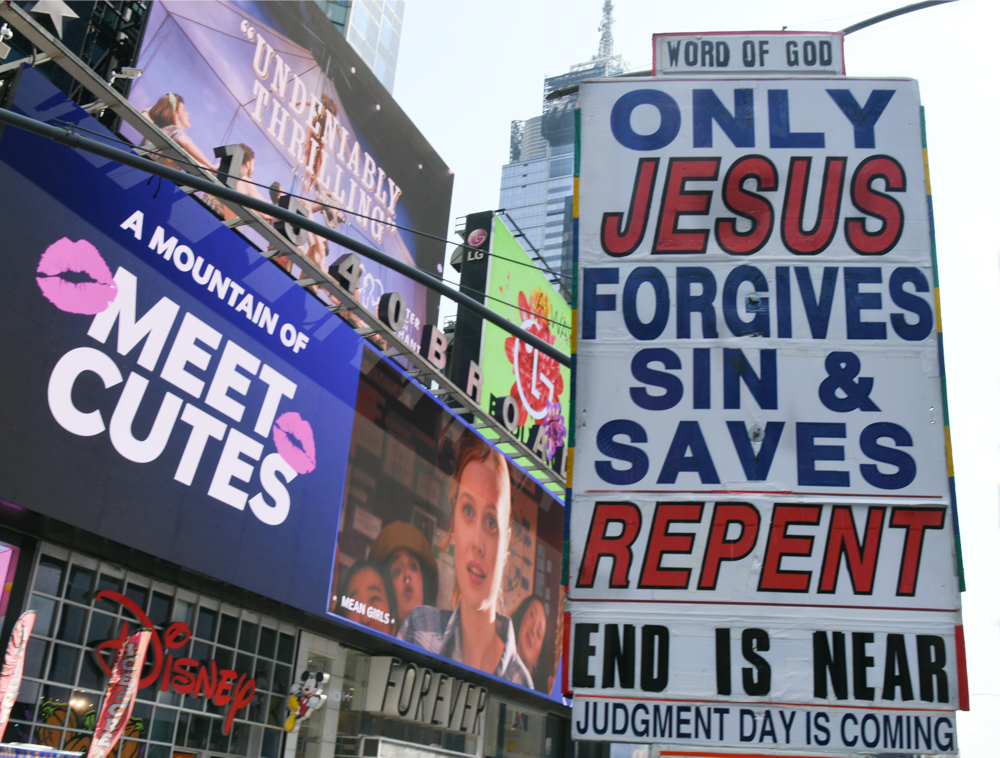
Times Square 69551 / 55
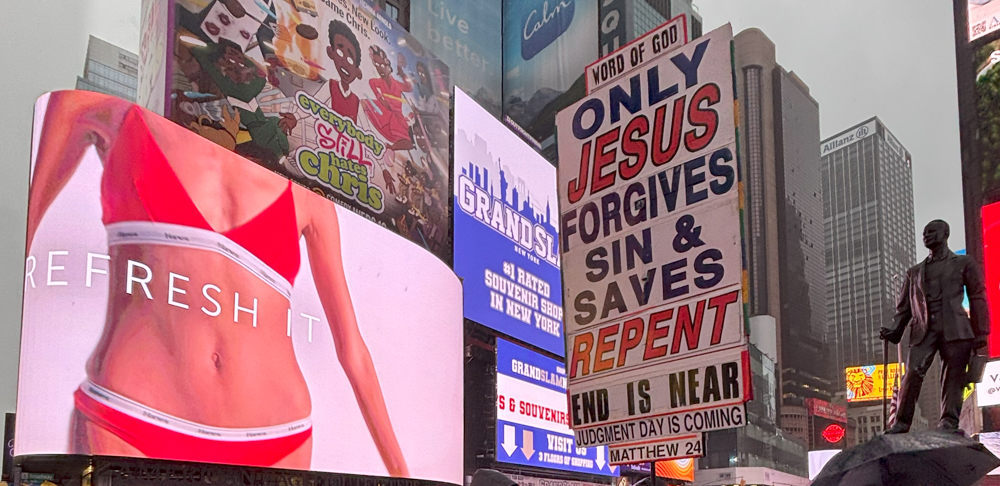
Times Square 71852 / 55
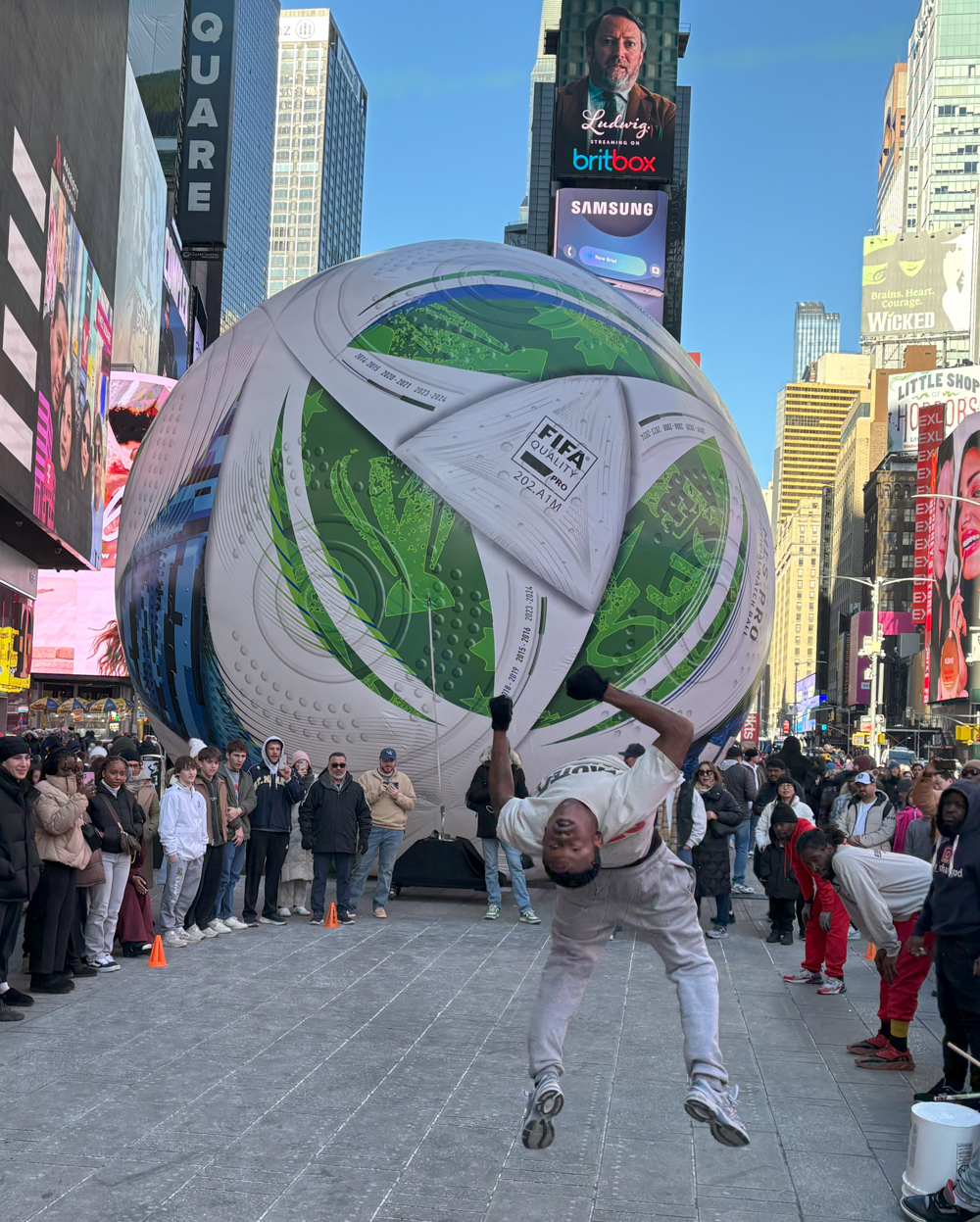
Times Square 73553 / 55
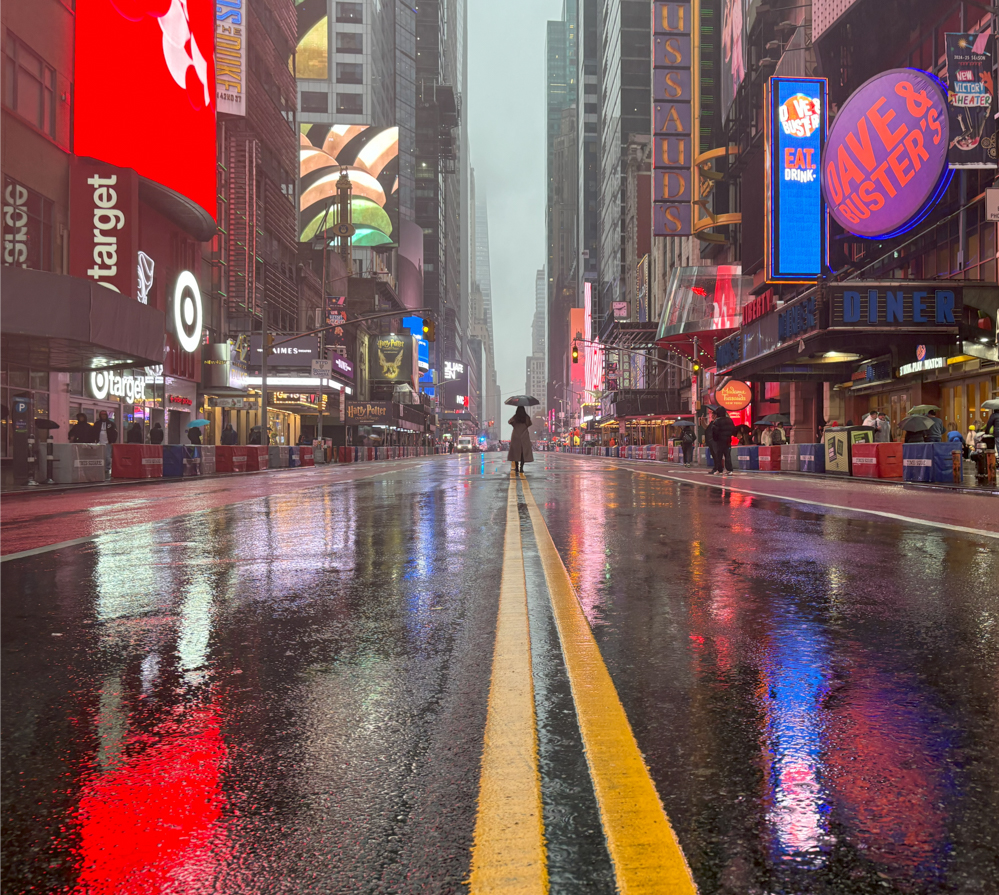
Times Square 70554 / 55
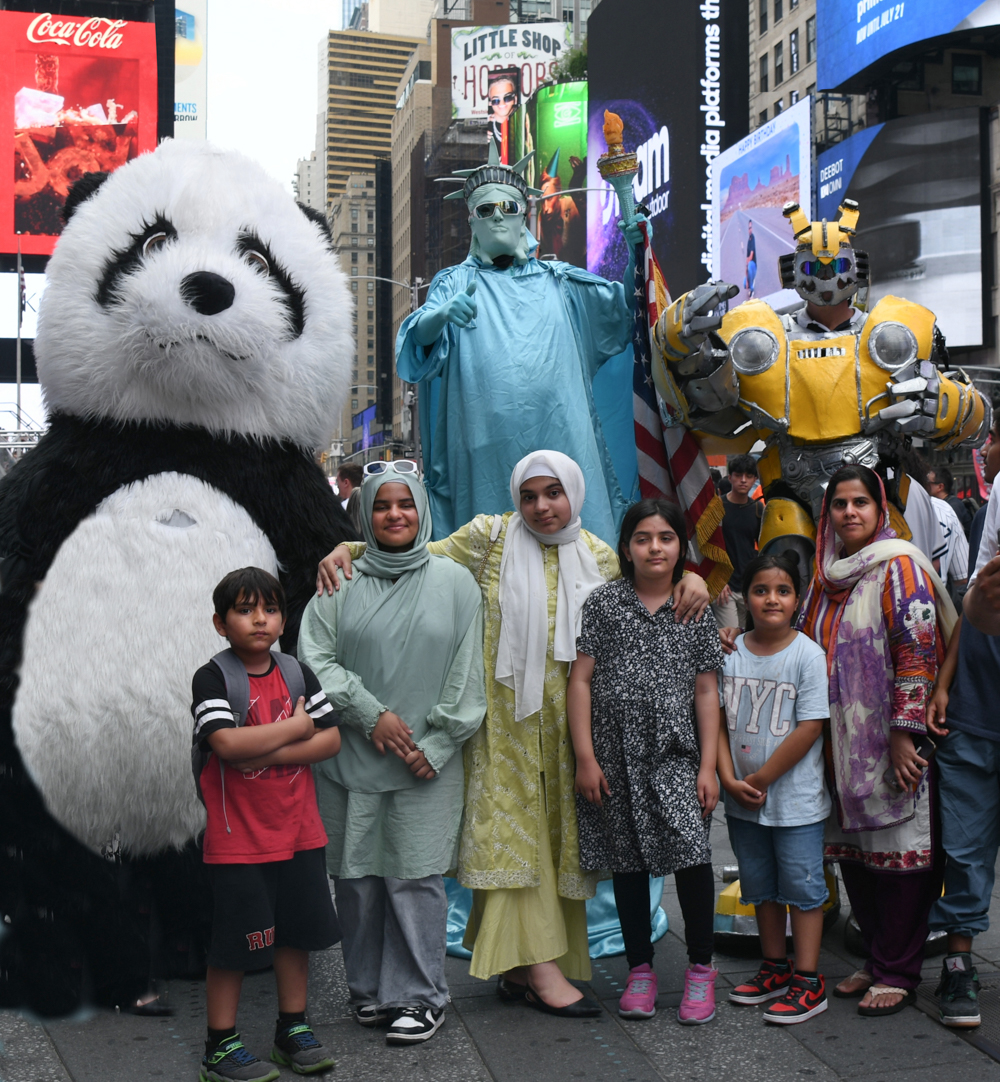
Times Square 68555 / 55
BACK TO TOP